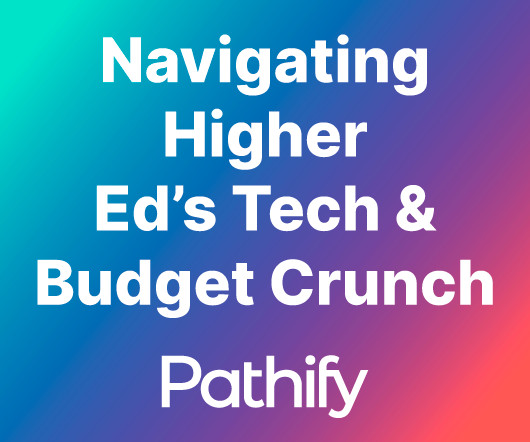California still not addressing the workforce gap - plus ca change
Changing Higher Education
OCTOBER 30, 2015
Five years ago in a post , I described a thesis study by Lauren Cooper on potential solutions to the looming workforce gap in California. Her analysis was based primarily on projections of California workforce needs in 2025 made by the Public Policy Institute of California (PPIC). Dr Cooper's analysis of the CSU - level workforce shortfall suggested that CSU needed to open 12 new campuses by 2025 to meet needs - an unlikely solution to the problems given the finances of California.














Let's personalize your content